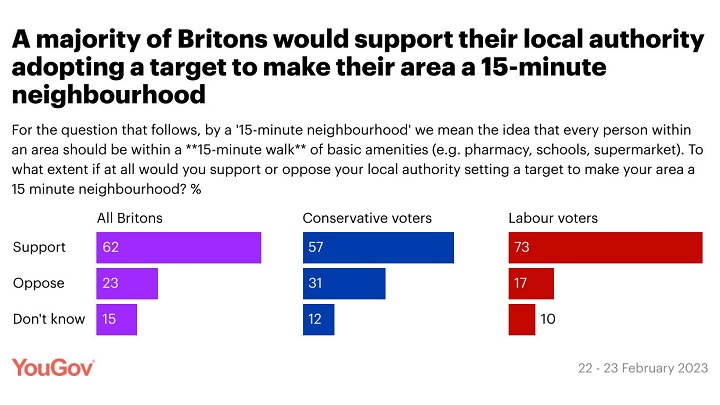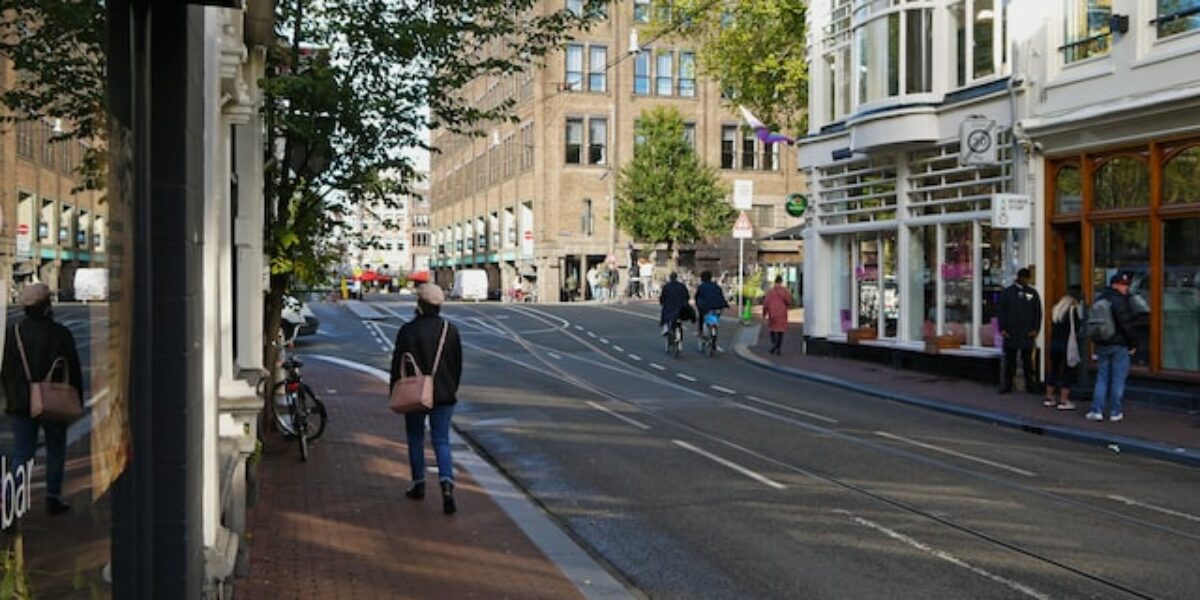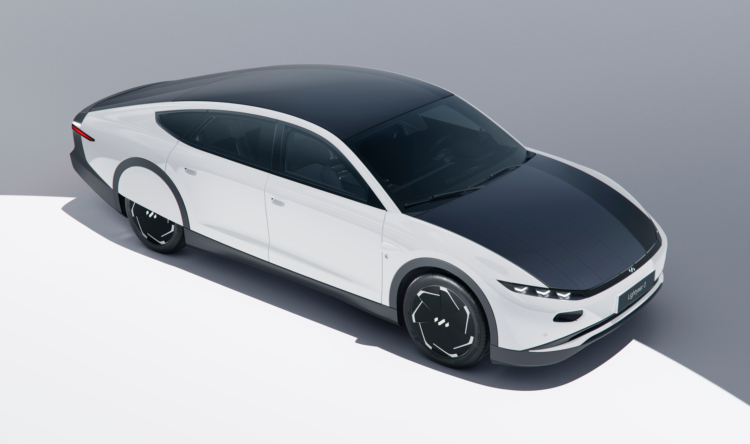Rebuilding local community
Calls to reduce the need for cars to access local services
A new survey backs calls for better planning of local amenities to cut down the need for motorised transport.
As urban areas increase in size, there are concerns that social infrastructure is failing to address issues. This is especially compromised by the huge increase in property values encouraging the closure and selling of buildings that once housed local shops, medical provisions and many other essential community services.
Cashing in on the property boom, alongside the need for more housing, especially in the South of the country has left towns and communities growing massively, but the service provision being left unchanged. This in turn has forced more people to use private vehicles to attend appointments, access services and doing shopping.
Popular thinking
According to a YouGove study, most Britons would like their area to become a ‘15-minute neighbourhood’.
The concept of a 15-minute city (or neighbourhood) is the idea that most things that people need are located within a 15-minute walk or cycle of their home.
It’s a policy that has gone through lots of iterations, has been implemented in different places across the globe.
In recent months, it has been the subject of intense media scrutiny, after Oxford City Council announced plans to make itself a 20-minute city to reduce traffic.
Positivity over negative

However, the YouGov survey shows that a majority of the public (62%) would support the policy in their area. This includes three quarters of Labour (73%) and over half Conservative voters (57%).
Around nine in ten respondents believe that people should have a bus stop (90%), and a post box (87%) within a 15-minute walk of their home.
Having medical facilities such as a pharmacy (85%) and a GP surgery (83%) should also be included in the target according to most Britons.
However, less than half see the need for a shopping centre (28%), restaurant (38%) or hairdressers (46%) to be close by.
In practice
Concerns have been raised about the feasibility of implementing 15-minute neighbourhoods.
Around half of respondents (48%) believe that it would be easy to make their area into a 15-minute neighbourhood, compared to 42% who think it would be hard – but this largely depends on how rural or urban an area they live in.
Those describing their areas as “very urban” or “somewhat urban” are more likely to say that it would be easy to achieve in their area, at 65% and 57% respectively, compared to just 21% in “somewhat rural” areas and only 8% among “very rural” respondents.





